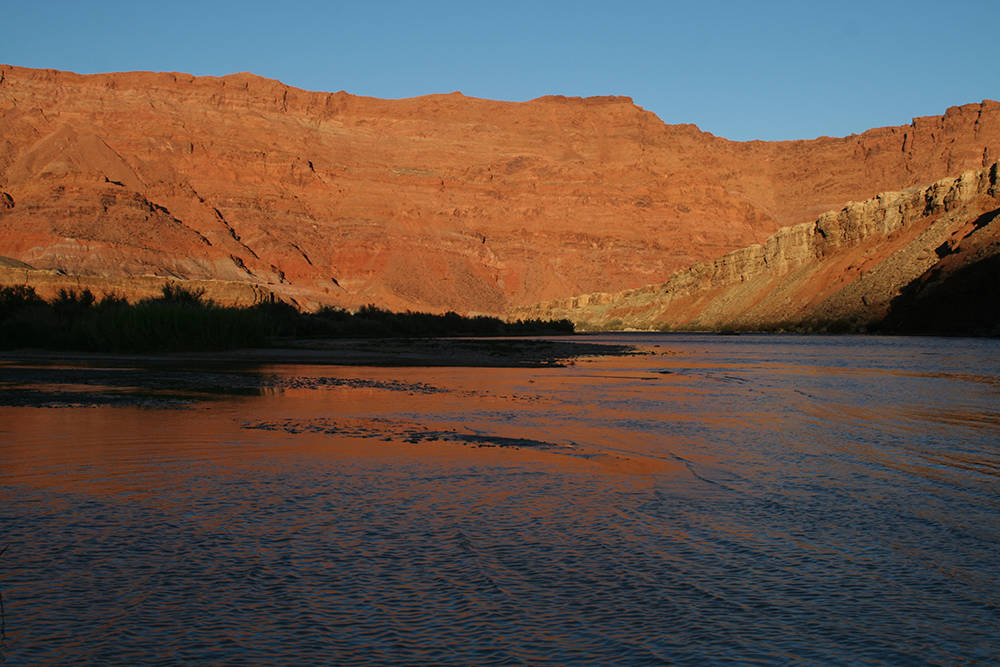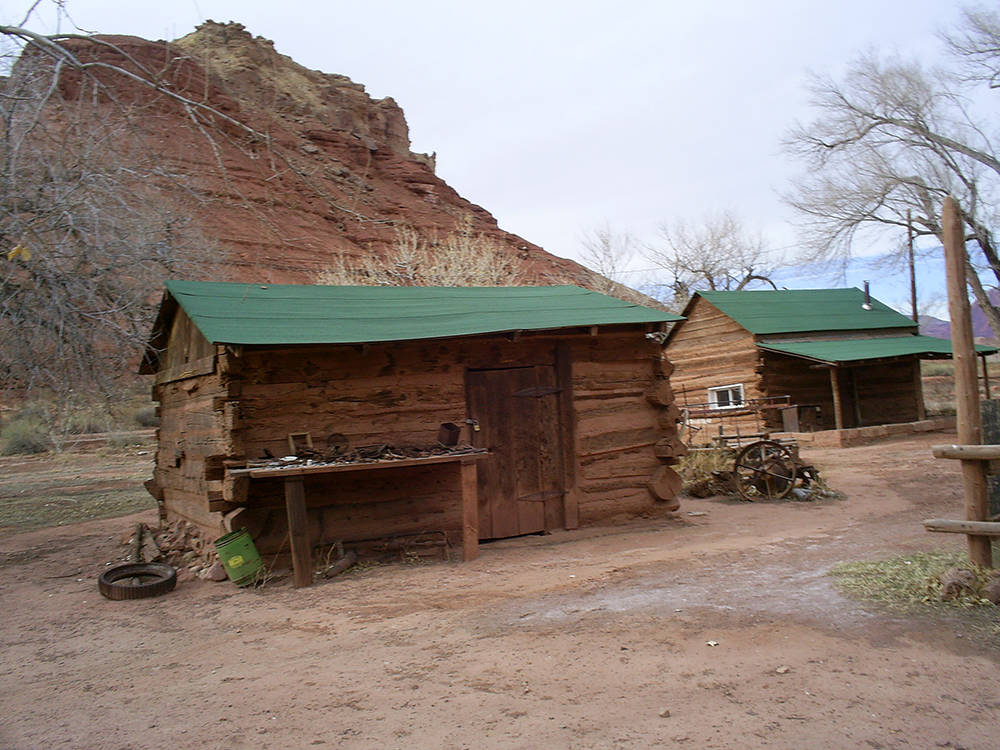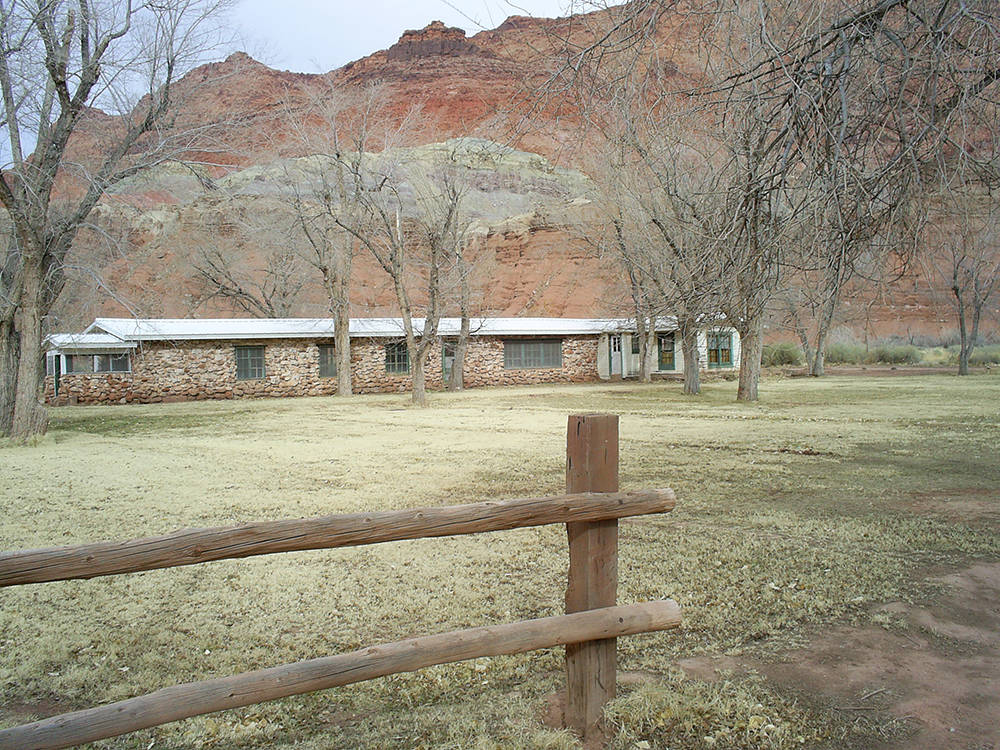Lee’s Ferry a great escape with great access to history



Located on the Arizona Strip and the Colorado River, Lee’s Ferry makes a great getaway for those who like remote areas for hiking or just kicking back for a night or two. This one offers the bonus of being a historic site.
It is one of the few places where you can access the Colorado River in Glen Canyon National Recreation Area. Lee’s Ferry is the place where smooth-water raft trips from Glen Canyon Dam finish their 15-mile day run down the river. More famously, it is Mile Zero, where river rafters begin multiday whitewater adventures through the Grand Canyon.
The Lonely Dell Ranch Historic Site is a mile or so, a couple of minutes’ drive or a 25-minute walk from Lee’s Ferry and lies just north of the confluence of the Colorado River and Paria rivers. The 165-acre property is maintained and managed by the National Park Service and lives up to its name, as you’ll likely be the only visitors present. It’s fun to walk around and look at fruit orchards, cabins, a ranch house, several outbuildings and the cemetery.
For a good hiking adventure head upstream from the cemetery and into Paria Canyon. No permits are required for a day hike from here going upstream. It’s a beautiful area, but be aware there can be severe flash flooding in the canyon. Be sure to get an accurate weather report before setting out.
The ranch has quite the interesting, yet scandalous, history. Back in 1872 John D. Lee, a prominent Mormon leader, came here to establish a permanent ferry crossing across the Colorado River. Lee was a polygamist and housed two of his many wives here. Much of the reason behind his setting up at such a remote location was its relative inaccessibility to legal authorities. The law was after him for the infamous Mountain Meadows Massacre, which took place in 1857 east of Cedar City, Utah.
In that tragic event, Mormon militia and some American Indians attacked a wagon train of 120 non-Mormon emigrants and slaughtered all but a few young children. About 50 people are known to have participated in the crime, but only Lee paid the supreme penalty. Finally convicted, he was brought back to the site of the massacre, where he was shot to death by a firing squad in 1877.
One of Lee’s wives, Emma, continued maintaining the ranch until 1879, when the Mormon Church bought the ferry and put another family in charge of running it. The ferry operated until 1928, when it sank. As long as the ferry functioned it was regionally important and famous; there is even a cowboy song about the homesick singer’s desire to “cross over Lee’s Ferry and go back home next year.” Once the nearby Navajo Bridge was finished in 1929, there was no longer a need for ferry services. The park service acquired the property in 1974.
The ranch is at an elevation of about 3,150 feet and now through June, and then again from September to November, are ideal times to visit.
There are plenty of places to park and walk down to the Colorado River via a multitude of footpaths. Many people just sit and relax or wade in, while others spend their time fly-fishing. The trout fishing is said to be some of the best around.
The campground offers 54 sites on a first-come, first-served basis. Open fires are not allowed, but there are standing grills where you can burn wood. Bathrooms are kept clean. Sites are $20 a night. Gas, supplies, restaurants, showers and a motel are available in Marble Canyon, about 5 miles away. Visit nps.gov/glca.
Deborah Wall’s book “Base Camp Las Vegas: 101 Hikes in the Southwest” ($24.95, Imbrifex) is available on Amazon. She can be reached at deborabus@aol.com.
Directions
From Las Vegas take Interstate 15 north about 125 miles to Utah Route 9, the Hurricane/Zion National Park Exit. Drive about 12 miles and turn right onto Utah Route 59 east. This turns into Arizona Route 389 at the state border. Drive about 53 miles to Fredonia and turn right onto U.S. 89 A, then continue about 30 miles to Jacob Lake. Stay left to continue on U.S. 89 A, drive about 41 miles and go left onto Lee’s Ferry Road. Drive about 5 miles to the Lee’s Ferry area.













